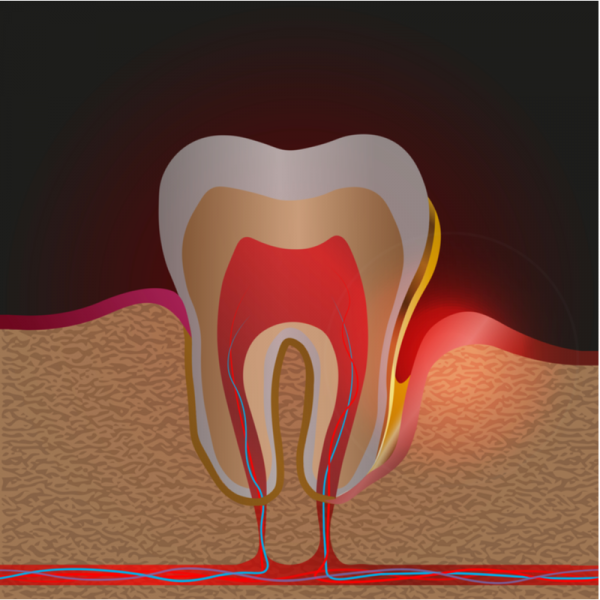
What is a dentition cyst?
The term dentition cyst is used to describe the bulging of a tooth sac over the milk teeth that have not yet erupted. The dentition cyst lies directly under the mucous membrane surface and is also called an eruption cyst. It can develop as a cyst, i.e. a remnant of the tooth germ tissue, when a milk tooth is about to erupt under the mucosal surface. A dentition cyst is surrounded by a wall, consists of connective tissue and contains a fluid content, grows in a displacing (expansive) manner and is benign.
How does a dentition cyst develop?
A dentition cyst develops during tooth eruption. On average, patients under the age of 10 are often affected. The dentition cyst grows between the erupting tooth and the follicle of the tooth crown and thus lies on the covering oral mucosa.
What symptoms can a dentition cyst cause?
If the dentition cyst occurs under the mucous membrane of the jaw (oral mucosa), it can lead to suppuration or even ulceration. Although smaller dentition cysts tend to be harmless, they can grow and cause discomfort. In young children, this can be manifested by pain when sucking, which is why they can then refuse food. By spreading in the mouth area, a dentition cyst can also displace or tilt teeth. As long as the dentition cyst is not infected, it usually does not cause any pain. A dentition cyst can usually be identified by a bluish swelling.
How is a dentition cyst diagnosed?
A dentition cyst, like other cysts in the mouth, is usually discovered by chance, for example through an X-ray. If the cyst is larger, it can cause discomfort because it presses on the surrounding tissue. In this case, a dentist is usually consulted.
How is a dentition cyst treated?
If the dentition cyst causes pain, it is necessary for the dentist to remove the gingiva. This may be necessary if there is an infection, pain or inflammation. Although a dentition cyst can cause teething problems, it usually breaks through when the teeth come out, so no treatment is necessary at all. However, if teething causes discomfort, the doctor may also order painkilling therapy.
In particularly severe cases, a cystectomy may also be ordered. In this case, the oral surgeon cuts open the gum and folds it to the side in order to remove the cyst. A cystectomy is done under local anaesthetic and does not cause any pain. However, swelling and pain may occur after the procedure. There may also be pain when eating, which is why porridges or soups are recommended as food.
